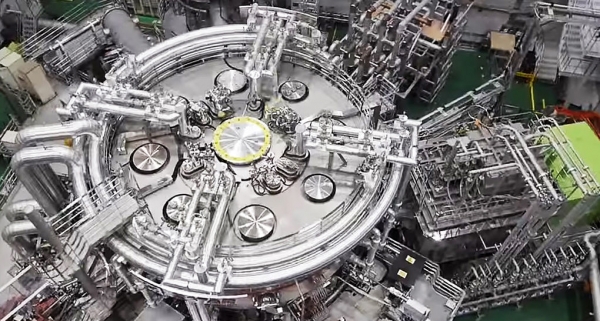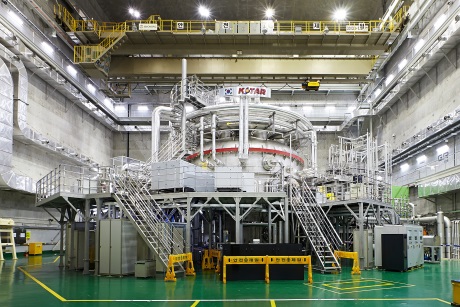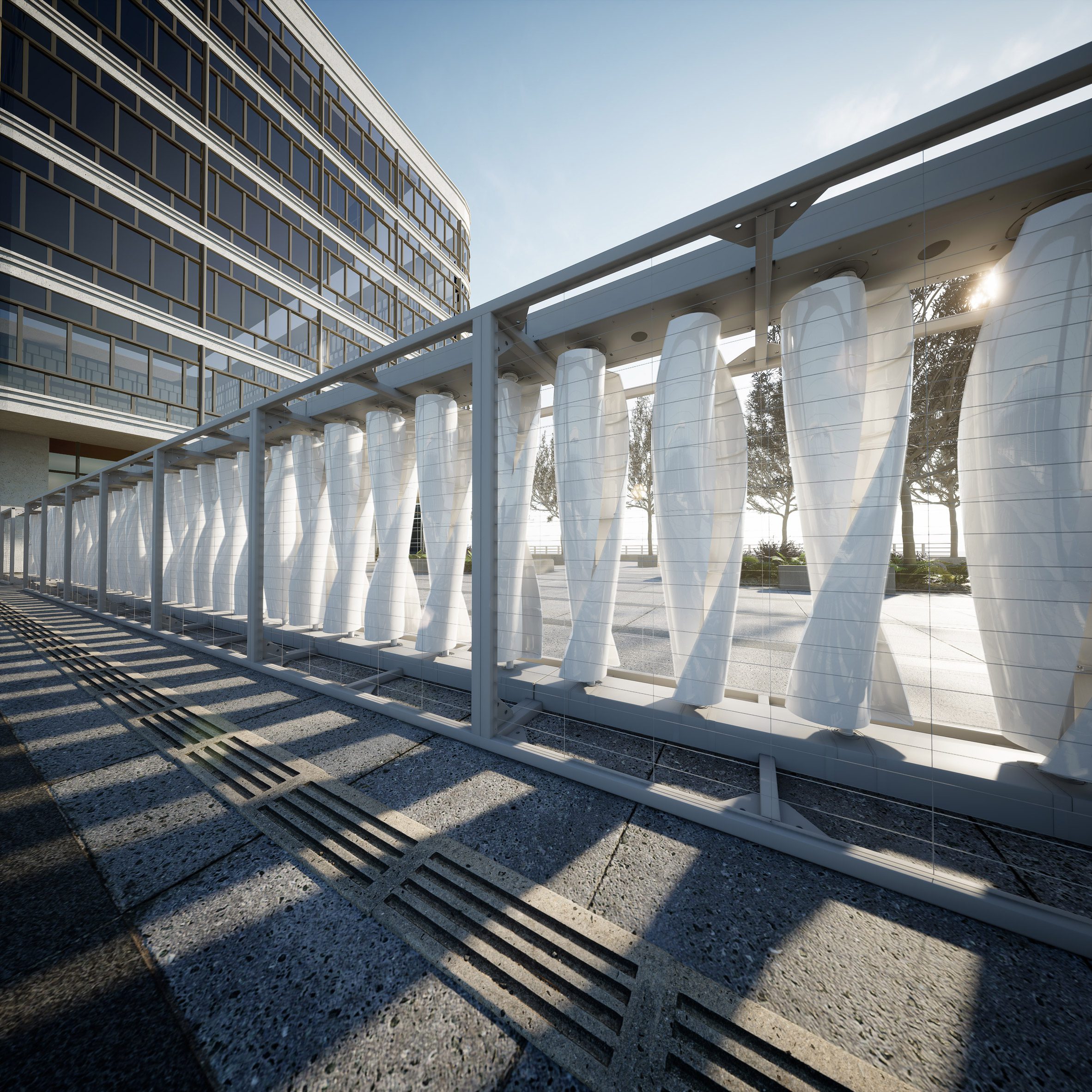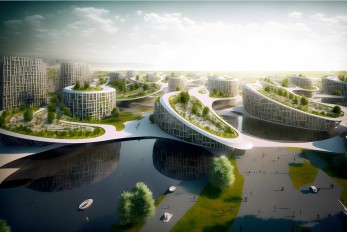Scientists are trying to make nuclear fusion a viable alternative energy source to fossil fuels

If they can manage to control the reaction safely, it will be a big step forward for a clean, safe, and virtually limitless source of energy
If they can manage to control the reaction safely, it will be a big step forward for a clean, safe, and virtually limitless source of energy
Unlike nuclear fission, the process of splitting atoms which takes place in the existing nuclear power plants, nuclear fusion involves fusing atoms together at incredibly high temperatures. A similar reaction is happening on the Sun releasing massive quantities of energy. Nuclear fission is also safer than fusion, as no radioactive waste or other dangerous sub-products are produced and there's no chance of a plant meltdown. So it is a great challenge for scientists to manage to control the reaction safely and sustainably (also known as the "star in a jar" problem), in order for this nuclear energy to commonly be used one day to generate electricity.
However, the reactors of today take up much more energy than they produce, and maintaining a steady plasma has proven very difficult. Last December though, the Korean Superconducting Tokamak Advanced Research (KSTAR) tokamak-type nuclear fusion reactor took us a step closer to that, achieving a world record of 70 seconds in high-performance plasma operation. The device, measuring 8.6 m high, and 8.8 m in diameter, is housed at South Korea's National Fusion Research Institute (NFRI), which is based at Daejeon, 160 km south of Seoul. NFRI president Keeman Kim said, "We will exert efforts for KSTAR to continuously produce world-class results, and to promote international joint research among nuclear fusion researchers." Due to the abundance of this alternative energy source, NFRI calls it a ‘peace energy’, considering that fusion won’t ignite conflicts among nations, like oil does for example. The construction of KSTAR, a tokamak-typed nuclear fusion reactor, began in December 1995 and was completed in August 2007, while the first experiment was took place in 2009. It was the first in the world to feature a fully superconducting magnet system with a central solenoid, toroidal and poloidal field coils.
Tokomak-design reactors like KSTAR use super-powerful magnetic fields to hold a toroidal-shaped plasma in place at temperatures of up to 300 million °C (about 540 million degrees Fahrenheit). Despite this temperature, it is necessary to cool superconducting magnets to -269°C. Inside the plasma, a few grams of deuterium and tritium atoms are stripped to the nuclei, which fuse to release energy. If the plasma blobs can be contained for long enough, hydrogen atoms can fuse together to create heavier helium atoms, releasing energy – the same reaction that powers the Sun.
Source: World Nuclear News

Τhe KSTAR tokamak (Image: NFRI)
Source: World Nuclear News
Want to read more like this story?

New wind turbine design aims to produce electricity within urban spaces
Apr, 11, 2024A new modular wind turbine design called Airiva W...

Rockfall Mitigation Project in West Virginia
Apr, 10, 2024The highly traveled US 340 in West Virginia is ba...

Saudi Arabia scales back 2030 expectations for The Line
Apr, 05, 2024Bloomberg reported on April 5, 2024, that officia...

GeoStabilization International® Earns ENR Best of the Best Award
Apr, 08, 2024GeoStabilization International wins the 2023 Best...

Arup appointed to support development of multi-rotor floating offshore wind project
Mar, 22, 2024It was announced on March 22, 2024, that Arup was...

A quantitative analysis on natural disasters and their economic impact
Apr, 03, 2024Much has been said about the environmental dimens...






